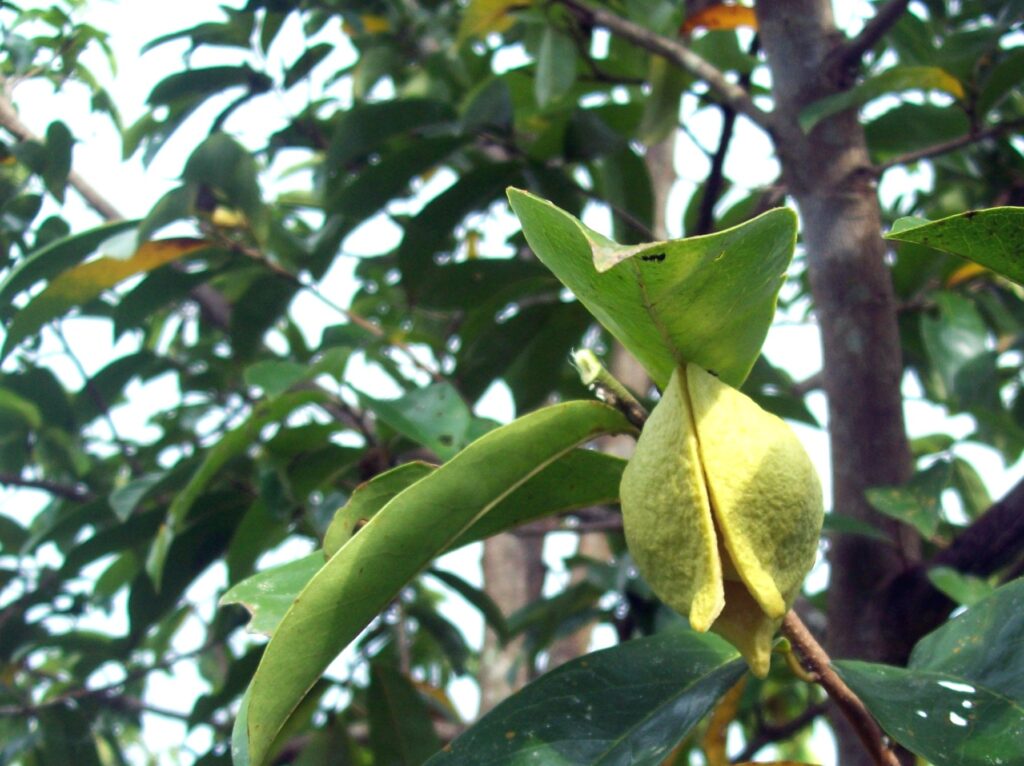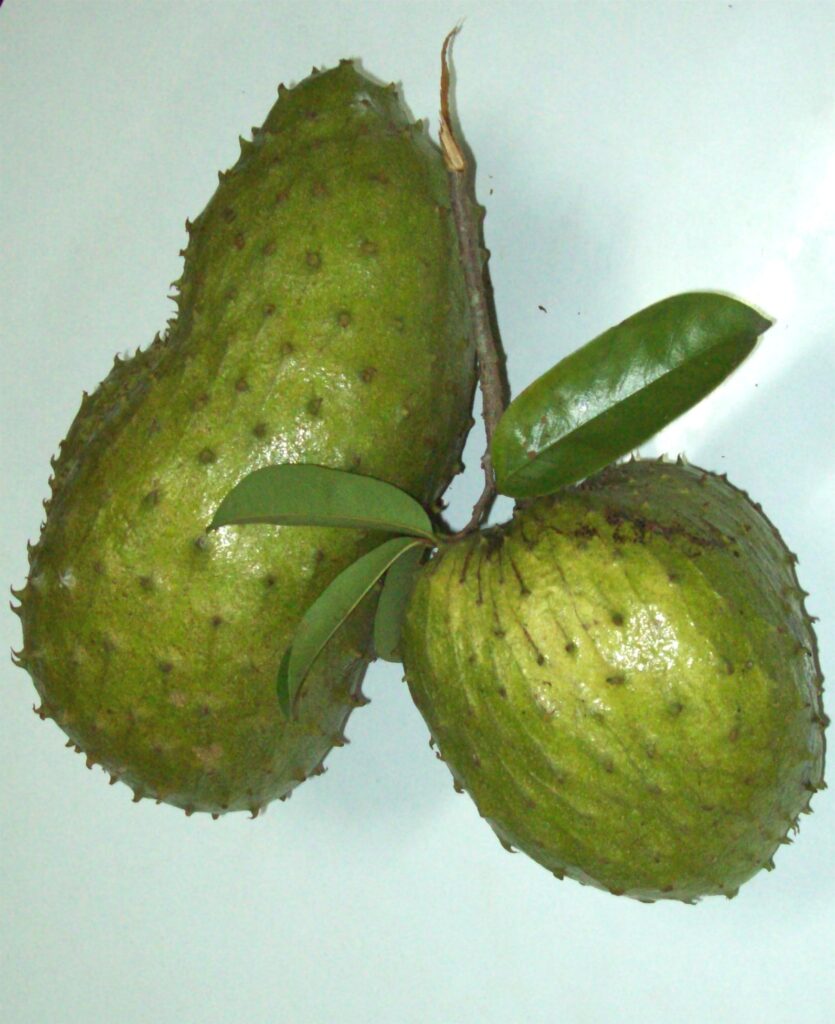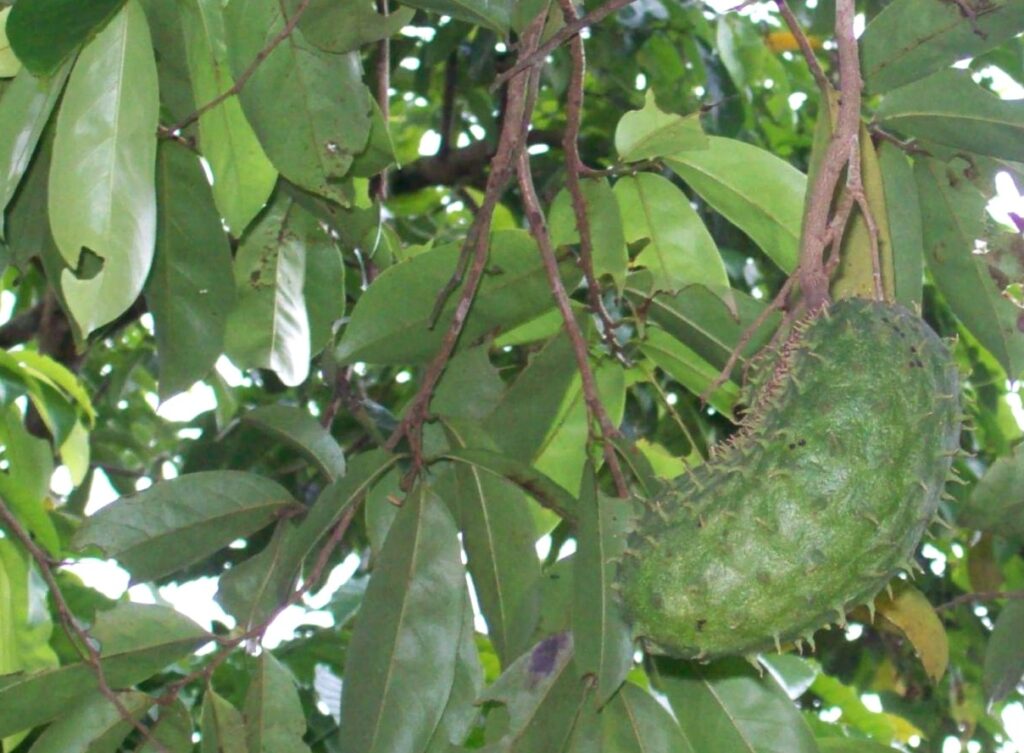Text and Photos by Henrylito D. Tacio
For quite some time, a Davao veteran journalist was having stomach problems. She also had a problem with regular urination. When she could no longer bear the stomach pain, she decided to see her doctor.
The doctor found out she had a dermoid cyst, a tumor with a fiber-like wall. More than 10 percent of all tumors on the ovary have this type of cyst, which is filled with fatty material and cartilage. She was shocked to know that she had two dermoid cysts, which should be operated on immediately.
“I was asked by my doctor to get a second opinion, but the second opinion confirmed the earlier finding while the second doctor also recommended an operation the soonest possible time if I still wanted to live longer,” she told a weekly business magazine.
When she found out the cost of operation was too high, she decided against the idea. She asked her doctor to release her from the hospital. (The doctor himself had been diagnosed with cancer and was given only six months to live.)
Upon realizing her decision of not undergoing an operation, the doctor told her to buy all the guyabano she could find and drink the juice once every hour. He said that guyabano was his secret why he is still alive.
She took the doctor’s advice and drank guyabano juice every hour. She even set her alarm clock so she would not miss drinking the concoction during the night. Three days after she started the ritual, she was able to urinate and had a regular bowel movement. She also felt less pain as days went by.
Four months later, she went to see her doctor. She was subjected to an ultrasound, and the doctor was amazed to know that one of the dermoid cysts was completely gone. The other cyst was still there but is getting lesser in size than before.
She believes that she was given a new lease on life because of guyabano. Known in the science world as Anona muricata, it is called soursop or graviola in other countries. In Davao and other Bisaya-speaking areas, it is more popularly known as labana.

Guyabano flower 
Guyabano
A forwarded e-mail described the fruit as “a miraculous natural cancer cell killer 10,000 times stronger than chemotherapy.” It added, “What’s more, unlike chemotherapy, the compound extracted from the graviola tree selectively hunts down and kills only cancer cells.”
In other words, it does not harm healthy cells! As a matter of fact, it “effectively targets and kills malignant cells in 12 types of cancer, including colon, breast, prostate, lung and pancreatic cancer.”
According to the e-mail, research has been conducted and showed that the extracts from guyabano can “attack cancer safely and effectively with an all-natural therapy that does not cause extreme nausea, weight loss and hair loss.” It also “protects your immune system and avoids deadly infections; feels stronger and healthier throughout the course of the treatment; and boosts your energy and improves your outlook on life.”
One wonders: Why are people not aware of this fact? The e-mail explained: “It’s because some big corporation want to make back their money spent on years of research by trying to make a synthetic version of it for sale.”
The U.S. National Cancer Institute reportedly performed the first scientific research on graviola in 1976. The results showed that the plant’s “leaves and stems were found effective in attacking and destroying malignant cells.” Although the results were supposedly published in an internal report, it was never released to the public.
The guyabano has been identified by the U.S. National Academy of Sciences (NAS) as one of the fruits that deserved attention. The book Underexploited Tropical Plants with Promising Economic Value described it as “a tropical fruit with potential for development as a processed industrial commodity.”
Plants of the Philippines, published by the University of the Philippines in the 1970s, mentioned guyabano in four words. “A relative of atis” is all you can read about the fruit in the 550-page book.
The heart-shaped guyabano fruit has a dark green, leathery, and spike-like skin that measures from 8 to 12 inches long and can weigh up to 2.5 kilos. Ripe fruits are light yellow and soft. The creamy and delectable flesh contains from 60 to 100 black-brown seeds that are indigestible and non-edible.
Comparisons of the flavor of guyabano range from strawberry and pineapple mixed together to sour citrus flavor notes contrasting with an underlying creamy roundness of flavor reminiscent of coconut or banana.
Guyabano is one of the healthiest fruits known to man. The flesh of the fruit consists of a white edible pulp that is high in carbohydrates (particularly fructose) and considerable amounts of Vitamin C, Vitamin B1, Vitamin B2, potassium, and dietary fiber. Guyabano is low in cholesterol, saturated fat, and sodium. Not only is guyabano a good health food, but it also tastes delicious.
Aside from being eaten raw, the guyabano fruit is processed into candies, tarts, shakes, ice cream, and sherbets, and other beverages. An assortment of punch and cocktail drinks can be made by mixing the nectar with wine rum or cola drinks or buko (fresh coconut) juice and ice.
In Indonesia, immature guyabano are cooked as vegetables or used in soup in Indonesia. In the northeastern part of Brazil, they are either roasted or fried.

The fruit, seeds, and leaves have a number of herbal medicinal uses in countries where the plant is common. The sap of the young leaves may be applied directly on pimples to induce suppuration. The sap is also considered parasitical. An alcoholic extract of the leaves, when distilled with steam, yields a small amount of essential oil. The portion of alcoholic extract, which is soluble in water, contains a large amount of potassium chloride together with dextrose tannins, amorphous products, and a small amount of an alkaloid substance which could not be crystallized. The leaves and roots also cure colic and convulsions.
To reduce fever, a decoction of leaves can be taken internally. It has the same effect as when leaves are added to bathing water. In the Caribbean, it is believed that laying the leaves of the guyabano on a bed below a sleeping person with a fever will break the fever by the next morning.
The crushed fresh leaves are also applied on skin eruptions for faster healing. A poultice of young guyabano leaves is applied on the skin to alleviate rheumatism and other skin infections like eczema. Applied during the healing of wounds, this can result in less or no skin scars.
The decoction can also be used as a wet compress on swollen feet and other inflammations. A poultice of mashed leaves and sap of young leaves are used for eczema and skin eruptions.
The guyabano leaves are believed to have tranquilizer and sedative properties. In the Netherlands Antilles, the leaves are placed inside pillows or placed on top of the mattress to induce a good night’s sleep. Boiling the leaves and drinking may help induce sleep.
Guyabano is also good at checking insect pests. Pulverizing the guyabano seeds and mixing it with soap and water can be used as an effective spray against caterpillars, armyworms, and leafhoppers on plants. The petroleum ether and chloroform extracts of guyabano are toxic to black carpet beetle larvae. The seed oil kills head lice.
The bark of the guyabano tree has been used in tanning. The bark fiber is strong but, since fruiting trees are not expendable, is resorted to only in necessity. Bark, as well as seeds and roots, has been used as a fish poison.
The wood is pale, aromatic, soft, light in weight, and not durable. It has been used for ox yokes because it does not cause hair loss on the neck. Analyses of the wood in Brazil show cellulose content of 65 to 76%, high enough to be a potential source of paper pulp.
Here are some words of warning: Research carried out in the Caribbean has suggested a connection between consumption of guyabano and atypical forms of Parkinson’s disease due to the very high concentration of annonacin. On the other hand, the seeds contain 45 percent of a yellow non-drying oil, which is an irritant poison, causing severe eye inflammation.
“Guyabano seeds are toxic, and care must be taken to assure that all are removed before the pulp is processed,” the NAS reminds.

